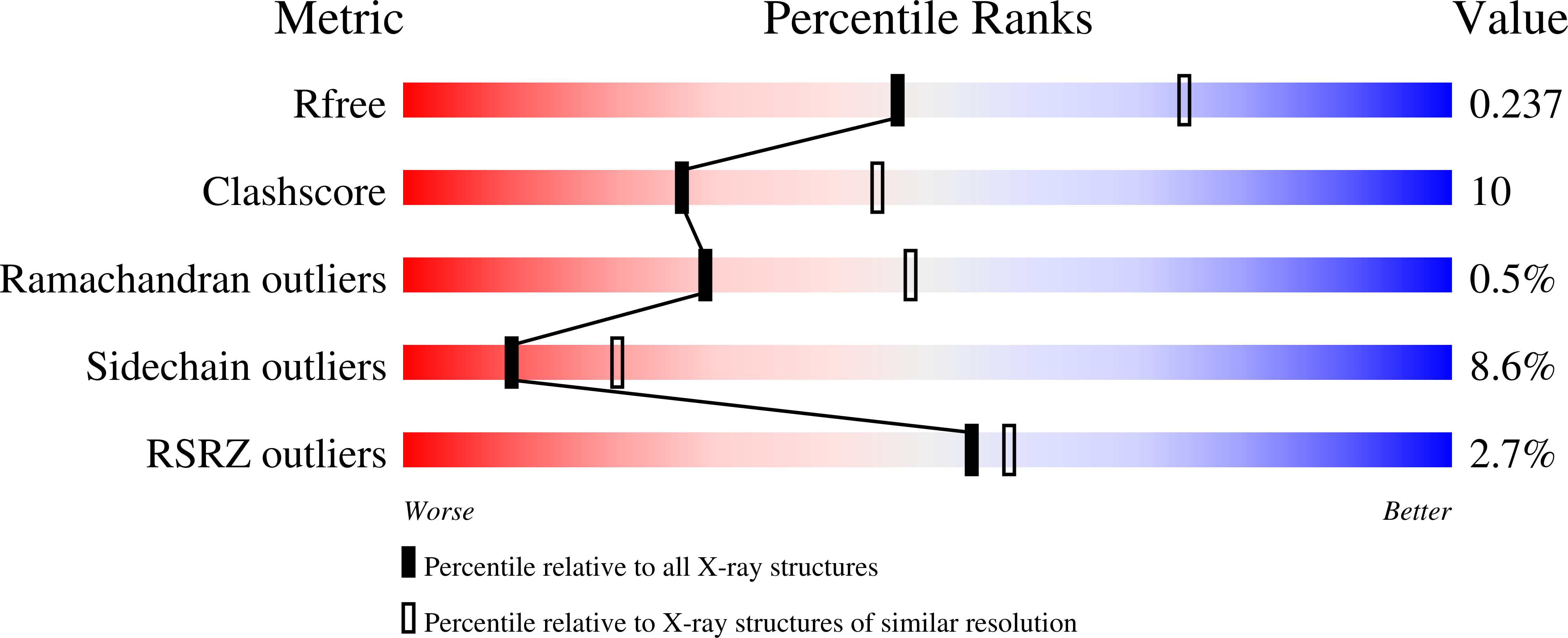
Deposition Date
2007-12-10
Release Date
2007-12-25
Last Version Date
2024-10-16
Entry Detail
PDB ID:
3BLC
Keywords:
Title:
Crystal structure of the periplasmic domain of the Escherichia Coli YIDC
Biological Source:
Source Organism:
Escherichia coli K12 (Taxon ID: 83333)
Host Organism:
Method Details:
Experimental Method:
Resolution:
2.50 Å
R-Value Free:
0.24
R-Value Work:
0.21
R-Value Observed:
0.21
Space Group:
I 41 2 2


